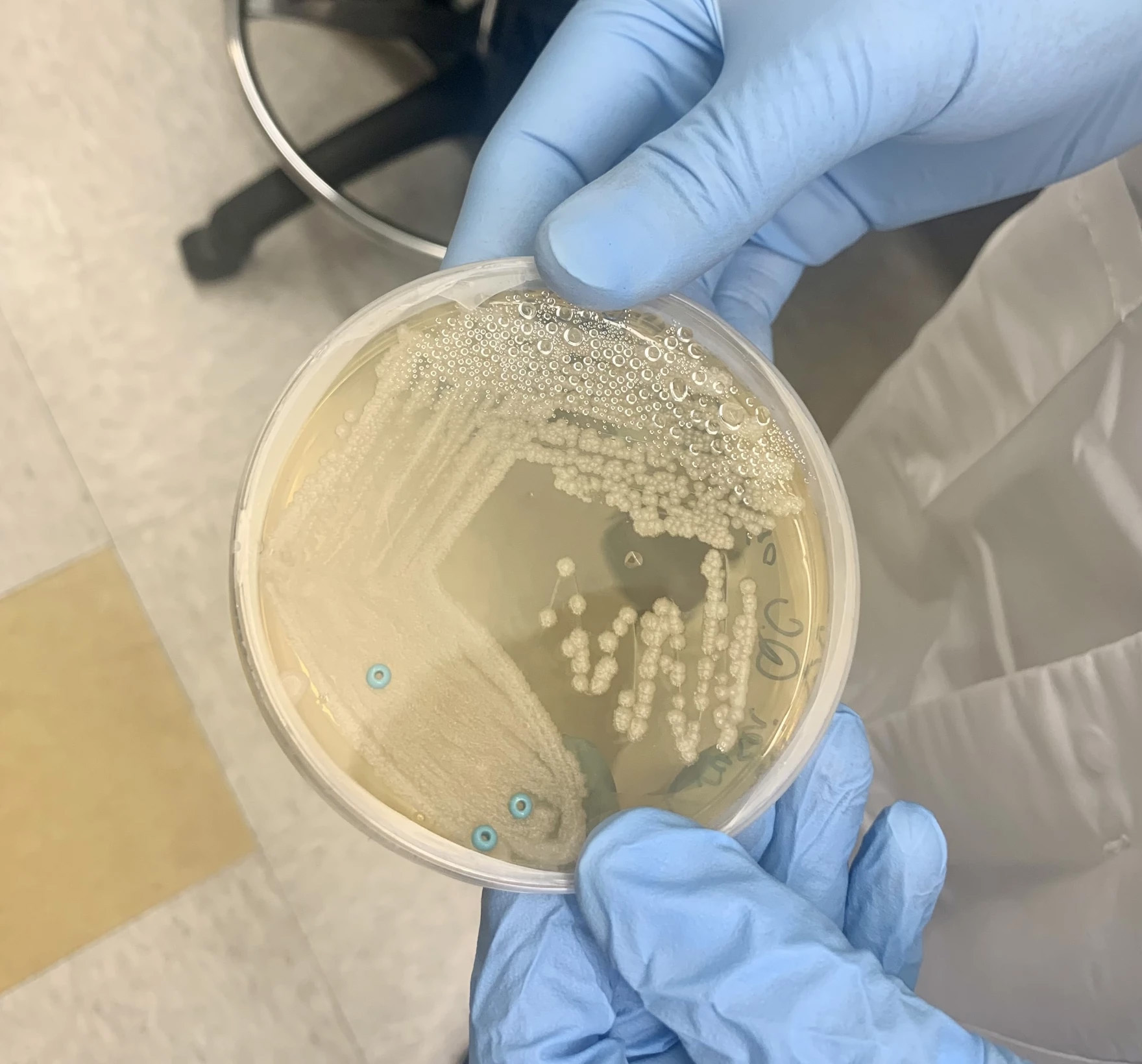From Texas Public Radio:
The Centers for Disease Control and Prevention is warning about the rapid spread of a potentially deadly fungus in hospitals, which highlights the growing threat of microbes that are resistant to antimicrobials.
Candida auris, one of hundreds of fungi in the Candida family, is generally harmless, but it is new to humans, according to Jose Lopez-Ribot, a professor of microbiology at the University of Texas at San Antonio, who is also the associate director of the South Texas Center for Emerging Infectious Diseases.
“This organism came kind of out of the blue in 2009,” Lopez-Ribot said. “It had never been reported as a causative agent of infection [and has] spread throughout the world in a matter of five to 10 years.”
This is concerning to the CDC and those who study fungi, like Lopez-Ribot, because Candida auris has killed between 30 to 60% of the people it’s infected, according to CDC. That percentage is based on a limited number of patients, many of whom were already quite ill. But it is clear that to those who are immunocompromised or medically compromised, C. Auris presents a grave threat.
“In these type of patients, the mortality rates are very, very high, and that is because we almost have the perfect storm; difficult to diagnose, difficult to treat and development of resistance,” Lopez-Ribot said.
He explained that some strains of C. auris are pan-resistant, meaning they are resistant to all three antifungal antibiotics currently used to treat invasive fungal infections.
New data compiled by a CDC research team found that in 2021, cases reported by hospitals increased by 95%. Researchers speculate the surge can be tied to the pandemic, with its overcrowded hospitals and shortages of staff and medical equipment. Lopez-Ribot said in conditions like that, this opportunistic fungus will spread easily.
“Candida auris contaminates not only the skin of the patients, but contaminates medical devices and the beds, the linens. And it makes it highly transmissible. ”
The first documented U.S. case of C. auris infection was in 2016. It has since been found in 28 states — including Texas and the District of Columbia.
Despite these astonishing statistics, the real numbers are still reltaively small. Between 2016 and the end of 2021, there have been 3,270 clinical cases of C. auris infection in the United States. There have been 7,413 cases in which the C. auris was present in patients but was not causing infection.
But the rapid spread and poor prognosis for those infected means action must be taken now to contain the fungus.
“What we need to do is invest more money in the development of new antifungals,” Lopez-Ribot said, “And really work with clinicians to increase the awareness of fungal infections.”
Though C. Auris is also resistant to most disinfectants, CDC said spread could be reduced by adequately maintaining sterile hospital environments and cleaning procedures.
For much more on the emergence of C. auris and the work to understand and fight it going on in Lopez-Ribot’s lab, listen to TPR’s Petrie Dish wherever you get your podcasts.














